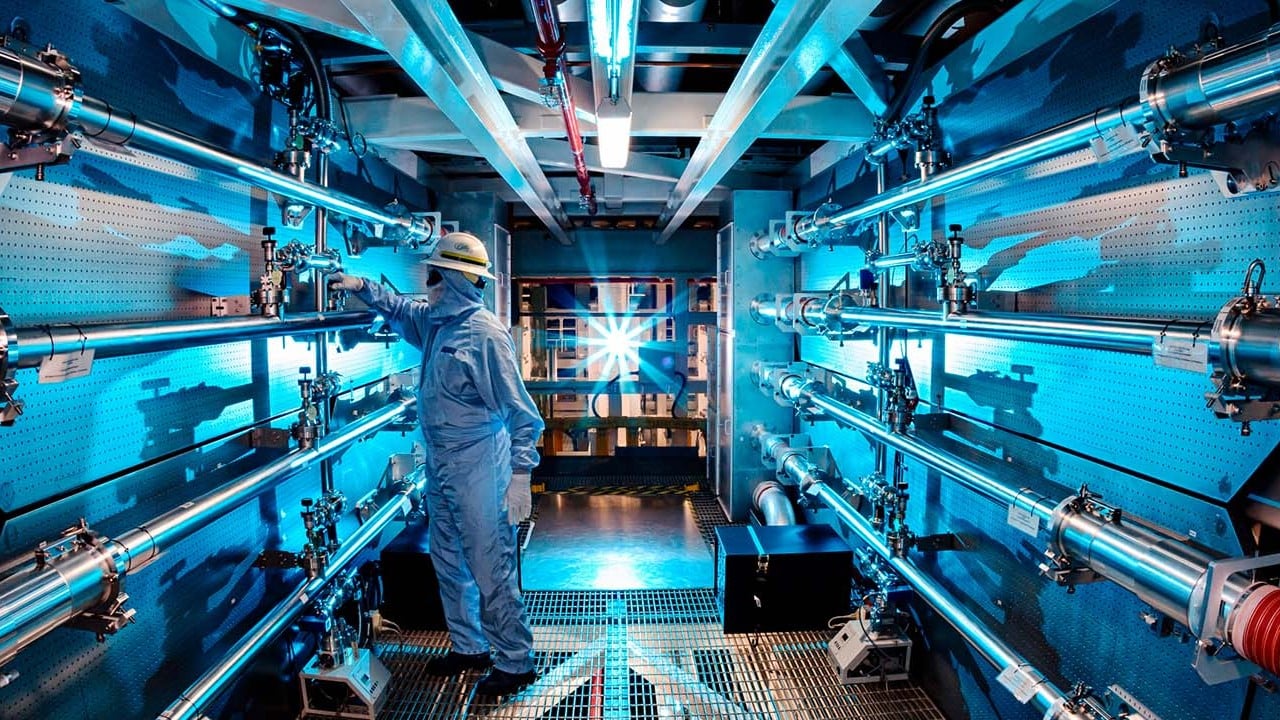Editorial | Fusion advance lifts clean energy hopes
- US experiment that aims to create no nuclear waste will inspire Chinese scientists in Chengdu to pursue dual-track programme

In 1987, many nations met to plan for a world nuclear fusion effort. Decades later, humankind is finally closer to achieving clean energy from the same reaction that powers stars, including our sun.
Scientists at the world’s largest nuclear-fusion facility in the United States have achieved, for the first time, what is known as ignition – generating a reaction that produces more energy than it consumes.
Fusion, unlike fission, also produces no nuclear waste. The experiment conducted early this month at the US National Ignition Facility in California generated 2.05 megajoules of energy from an input of 3.15 megajoules.
Nearly 200 lasers were used to create temperatures only found in stars and thermonuclear weapons. They fused atoms of the hydrogen isotopes – called deuterium and tritium – into helium, thereby releasing the additional energy. The breakthrough experiment was a milestone.
China is not far behind. In October, scientists at a facility in Chengdu were close to achieving a self-sustaining fusion reaction. Beside pure fusion, it may also be used to trigger more conventional fission reactions, a combination that is technically more feasible in the near term.


